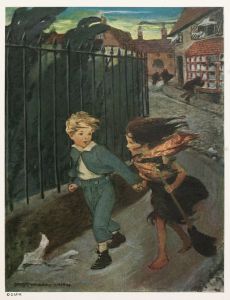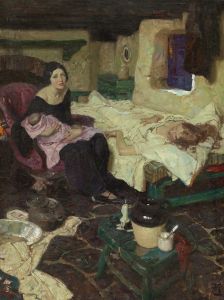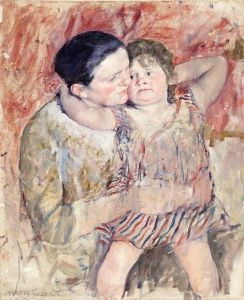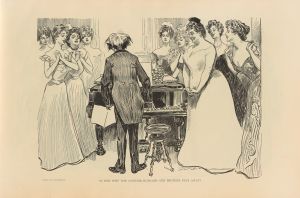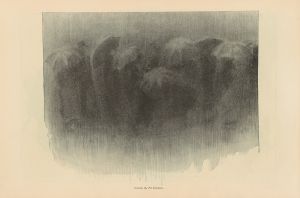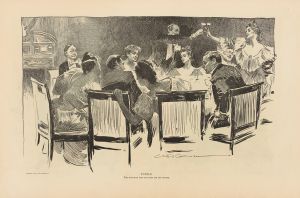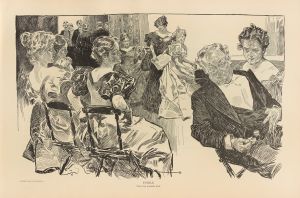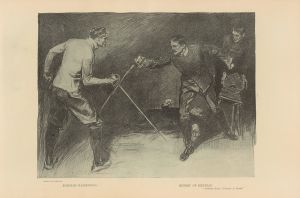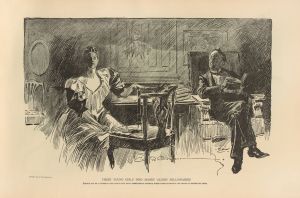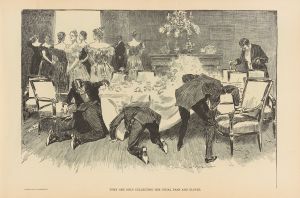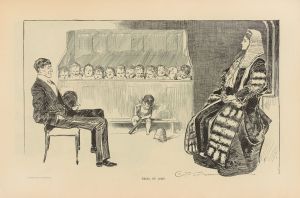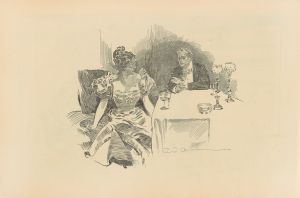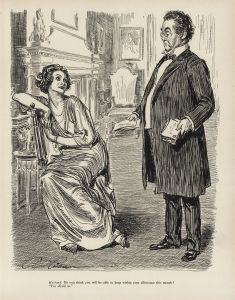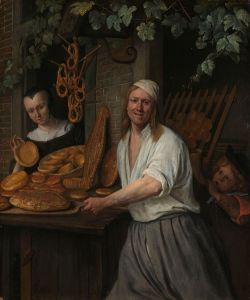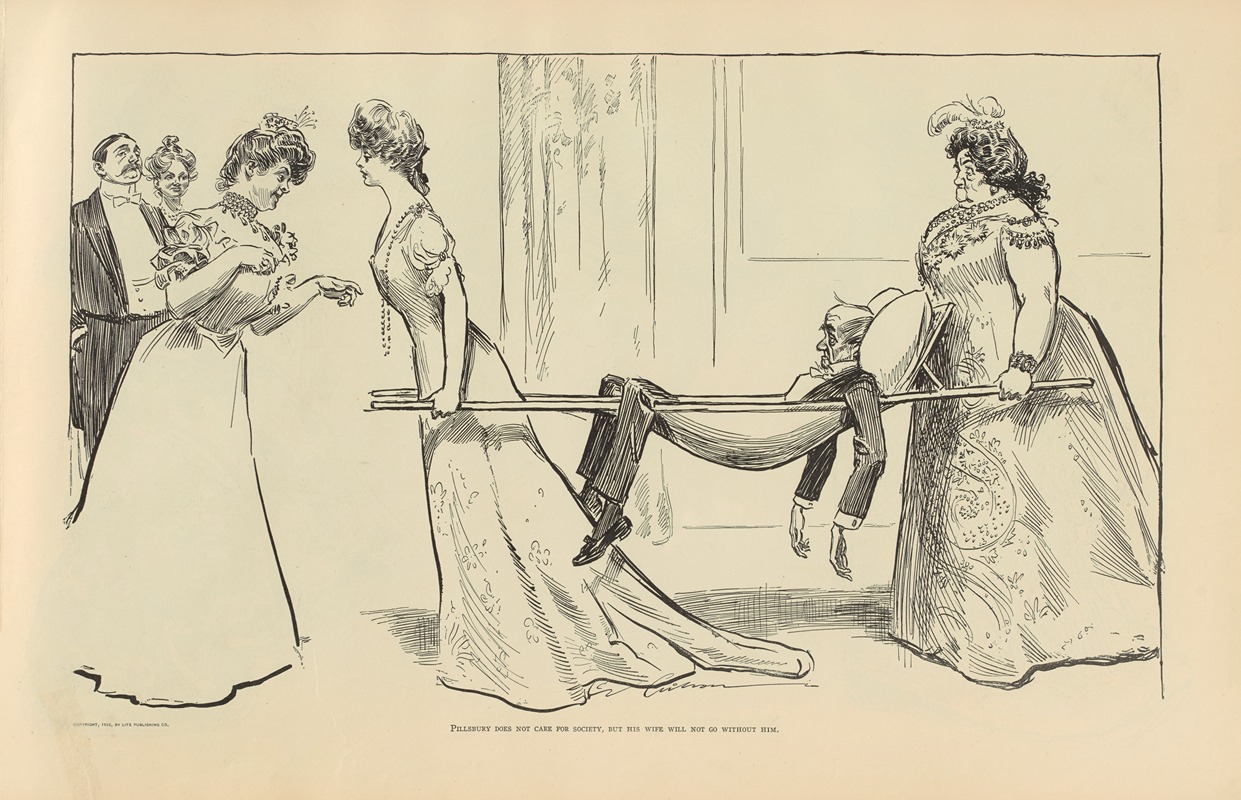
Pillsbury does not care for society, but his wife will not go without him
A hand-painted replica of Charles Dana Gibson’s masterpiece Pillsbury does not care for society, but his wife will not go without him, meticulously crafted by professional artists to capture the true essence of the original. Each piece is created with museum-quality canvas and rare mineral pigments, carefully painted by experienced artists with delicate brushstrokes and rich, layered colors to perfectly recreate the texture of the original artwork. Unlike machine-printed reproductions, this hand-painted version brings the painting to life, infused with the artist’s emotions and skill in every stroke. Whether for personal collection or home decoration, it instantly elevates the artistic atmosphere of any space.
Charles Dana Gibson was an influential American illustrator, best known for his creation of the "Gibson Girl," an iconic representation of the idealized American woman at the turn of the 20th century. His work was widely published in magazines such as Life, Harper's Weekly, and Scribner's, and he became one of the most celebrated illustrators of his time.
"Pillsbury does not care for society, but his wife will not go without him" is one of Gibson's many illustrations that capture the social dynamics and cultural norms of the late 19th and early 20th centuries. This particular illustration, like many of Gibson's works, offers a satirical look at the social customs and expectations of the upper class during this period.
The illustration depicts a social scene, presumably at a high-society event or gathering. The title suggests a narrative where Mr. Pillsbury, a character in the illustration, is indifferent or disinterested in participating in social activities. However, his wife is determined to attend, and he accompanies her despite his lack of enthusiasm. This scenario reflects the societal expectations of the time, where social appearances and participation in social events were often seen as essential, particularly for women who were expected to maintain a certain social standing and presence.
Gibson's work often highlighted the contrast between personal desires and societal expectations. In this illustration, the tension between Mr. Pillsbury's reluctance and his wife's determination can be seen as a commentary on the roles and pressures faced by men and women in society. The humor and irony in the situation are typical of Gibson's style, which often used wit to critique and observe the social mores of his day.
The "Gibson Girl" aesthetic, characterized by confident, independent, and fashionable women, is evident in the depiction of Mrs. Pillsbury. She embodies the grace and poise associated with the Gibson Girl, while Mr. Pillsbury's demeanor may suggest a more subdued or resigned attitude, highlighting the gender dynamics at play.
Gibson's illustrations were not just artistic expressions but also social commentaries that resonated with the public. They provided a mirror to the society of the time, reflecting both its virtues and its absurdities. His work remains significant for its artistic merit and its insightful portrayal of the cultural landscape of the era.
Overall, "Pillsbury does not care for society, but his wife will not go without him" is a classic example of Charles Dana Gibson's ability to capture the essence of his time with humor and insight. Through his illustrations, Gibson offered a window into the social fabric of the early 20th century, making his work an important part of American cultural history.





